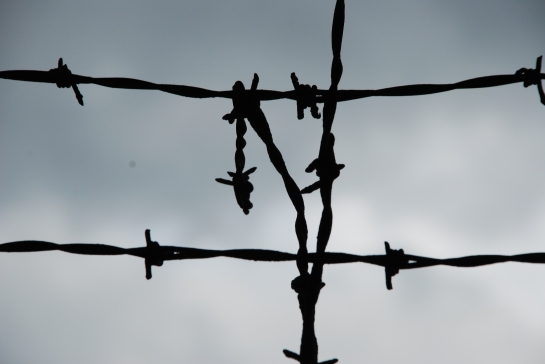
Vulnerable architecture. Could an earthquake strike Cambodia? Evidence says they already have.
Cambodia suffers from typhoons and devastating floods but I worry what would happen if a sharp earthquake hit. The local buildings are far from earthquake proof and the tragedy would be massive. As we saw in Nepal in 2015.
But common wisdom says that earthquakes don’t exist in Cambodia thanks to its location far from the edges of tectonic plates which move and collide deep below the surface.
In fact my Google search started with this Voice of America report following ‘rumours’ that there had been a quake. People, especially in the South East had reported mild shaking, and one blogger wondered if the movement of his bed had been caused by ghosts.
Well, not to worry said the Secretary of State. Just listen to his response to the earthquake suggestion:
Voice of America. 09 November 2005
The Ministry of Water Resources and Meteorology issued a statement Wednesday saying that Cambodia does not have natural disasters such as earthquakes or tsunami. The statement came out after there are reports about an earthquake in Phnom Penh and Kampong Cham province.
People in buildings around Phnom Penh and in Kampong Cham province claimed they had experienced what they believed to be a mild earthquake.
Secretary of State Ngor Pin said what people had experienced was not an earthquake. Although he could not say what caused the tremor, Ngor Pin said the ministry is investigating it.
So its official: Cambodia has no earthquakes or Tsunamis.
But not so fast. Recently a hydro dam project on the Sesan River situated on a site in Stung Treng province was delayed following the discovery that the site was virtually the epicenter of a 5.2 magnitude quake in 1978. This was revealed by a local impact study which concluded that a similar ‘eruption’ could happen again. This view was promulgated by the 3S Rivers Protection Network, an environmental group who have lobbied, unsuccessfully against the widely unpopular dam.
“It is quite a concern,” they said. “If it erupts, the dam will collapse, which would be destructive for people downstream.”
The dam, a joint venture between Cambodia’s Royal Group and a Chinese company, with a total investment of $861 million, was recommended to have additional strengthening.
A 5.2 magnitude quake is not so catastrophic in scale compared to the big quakes that hit international headlines (usually these are 6.0 – 7.5 on the Richter Scale) but would be strong enough, given Cambodia’s jello-like land structure to cause very serious damage.
I also found reference to a major quake in the 15th Century when a quake that lasted for several minutes was recorded.
Meanwhile the UN Office for the Coordination of Humanitarian Affairs have published a risk assessment which suggests Cambodia has at least a 20% chance of experiencing at-least a Degree VI earthquake event within the next 50 years. They have used, I believe, the European “macro-seismic scale” and here a Category VI equals:
Felt by everyone indoors and by many to most outdoors. Many people in buildings are frightened and run outdoors. Objects on walls fall. Slight damage to buildings; for example, fine cracks in plaster and small pieces of plaster fall.
If this article interests you, then why not offer me a ‘follow’ so I’ll be encouraged to research more topics. Every blogger needs a little love and feedback. Thanks!







You must be logged in to post a comment.